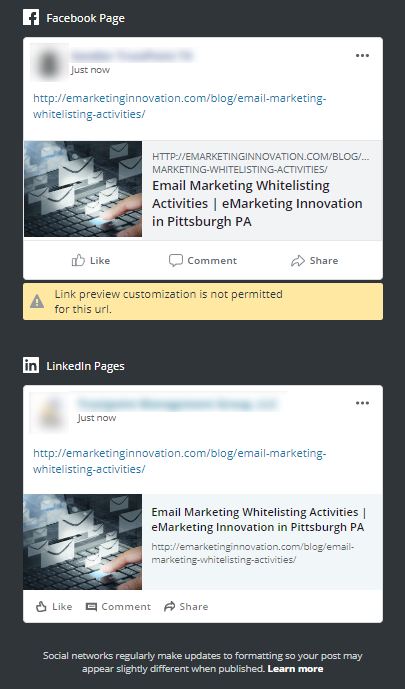Digital marketing technology continues to get more refined from year to year. Sophisticated algorithms and stream lined tools help digital marketers cover more channels than they ever could in the past. However, the sheer bandwidth that digital marketing allows a marketer to take on, often prevents them from reviewing how smart the technology really is. Unfortunately, when an analysis is undertaken, it’s not uncommon for digital marketers to find that digital marketing technology is really smart about delivering on its intended purpose, but applies its capabilities without any common sense.
It’s no secret that this is the busiest time of year for
retailers. Retail digital marketers do
extensive planning to set channels, calendars, and targets that all get
executed between Thanksgiving (or before) and Christmas. It’s also the best time of year to witness
digital marketing systems under stress tests as they deliver these aggressive
marketing strategies.
Here are two examples of “smart” technology behaving densely.
Email Overload
Every year, I buy a sampler pack of cigars for a family
member. In the last several years, I’ve
bought this gift from the same retailer.
Like any good smart technology system, my purchases and preferences were
saved to my profile and undoubtedly assigned to a particular communication
plan.
My assumption is that purchasing sampler packs assigned me
to several marketing profiles because the individual products in those packs
were all likely tagged separately to populate the companies CMS. The result was that I received five emails
from this company in about an hour. Two
of the offers contradicted one another and none of the offers could be used in
conjunction.
The obvious lack of common sense is sending that many emails
in such a short time frame. But even the
purchasing proposition was absurd. I would need to make four separate purchases
with separate shipping costs within a day to take advantage of the Calls to
Action.
Ads for What I just Bought
Search engines and social media platforms allow marketers to
pay for ads that are specifically served to people that have past buying behavior
or profile setting indicating they are interested in a particular product or
service. It’s a brilliant way to use
general demographic information to narrow down to an individual who likely
wants a particular offer rather than making the ad available to a general
population where the majority of the audience has no interest. That is, until
the ad system misses critical information like recent purchases.
Every gift I’ve bought online has had ads served up to me
for at least a week after buying it. In
some cases, even the retailer I bought from continues to serve up ads as they
are using a third party system or don’t include purchased items as a filter for
removing ads Consumable items might make sense to continue advertising but most
of my items are toys purchased for my children, nieces, or nephews. A smart
system that tries to sell an item to someone who just bought it shows a real
lack of common sense.
These systems will continue to improve. In the case of
purchase history, there are already platforms that are leveraging completed buying
data to stop serving ads for a period of time until the person is likely to
need to buy it again. No matter how
sophisticated the technology gets, digital marketers need to review the
processes carefully to identify these bone-headed gaps. Even if a digital marketer doesn’t have an
immediate solution to the problem, simply being aware of it can help you factor
in the cost and counter-measures for the systems lack of common sense.












